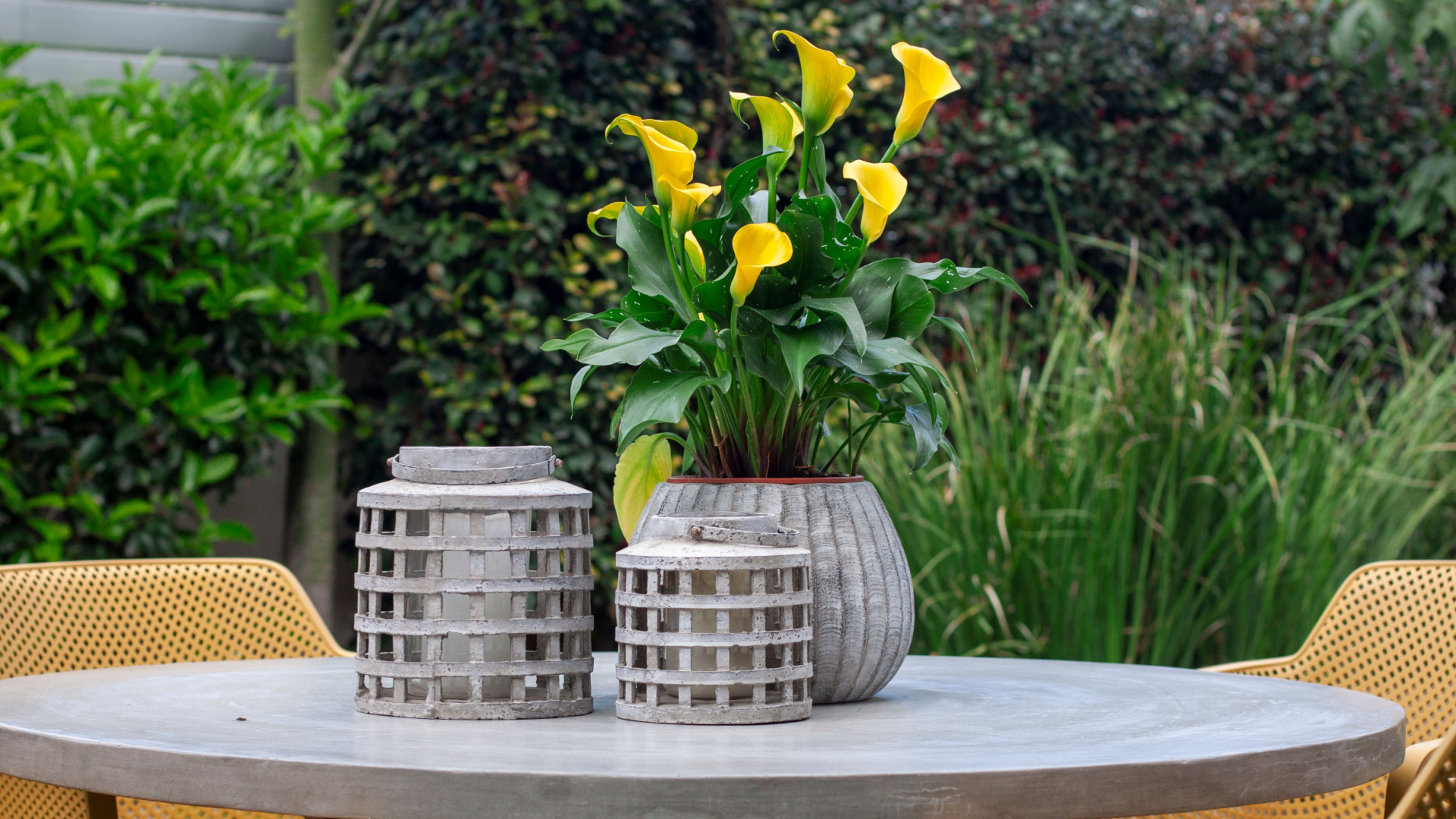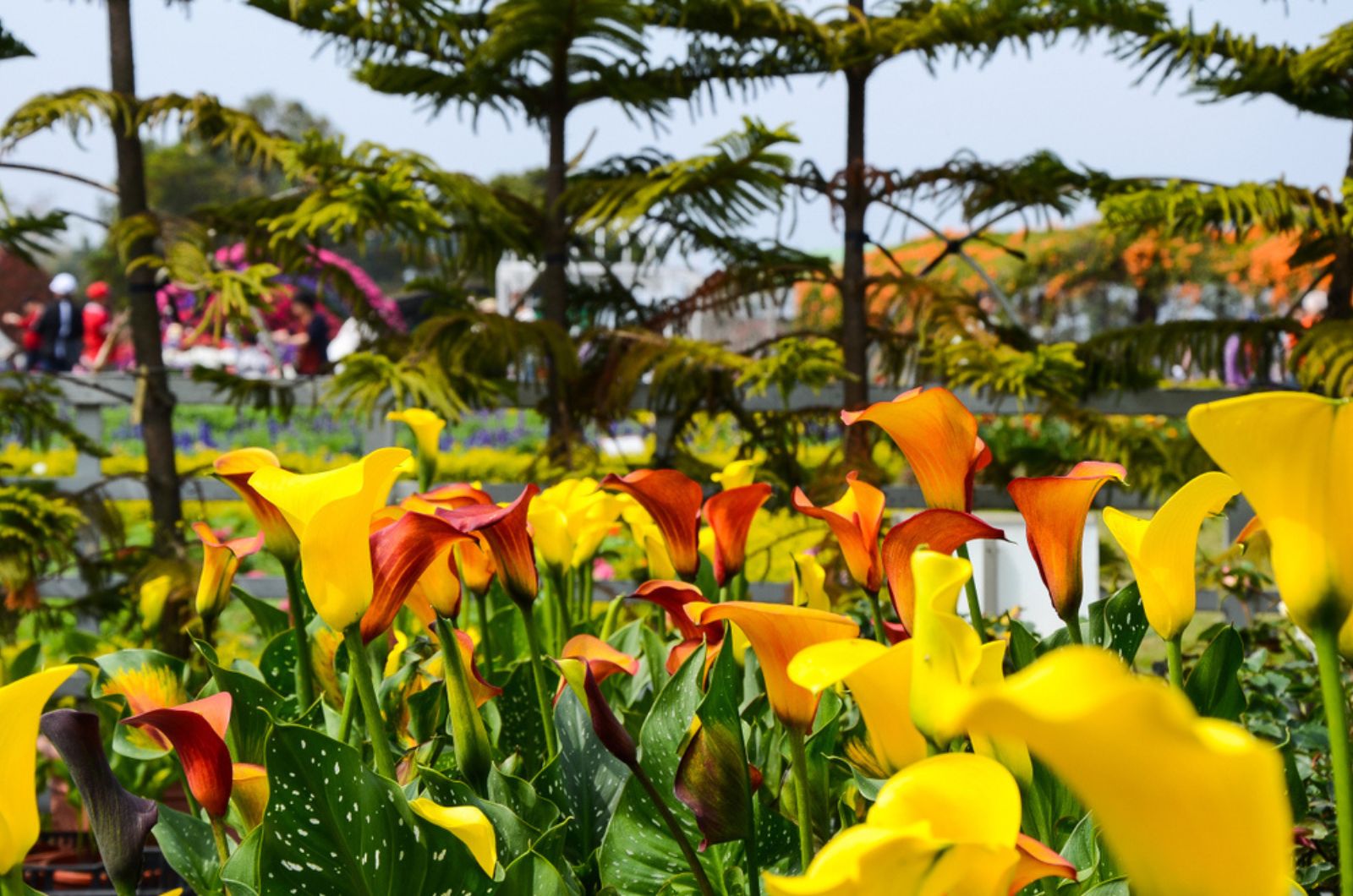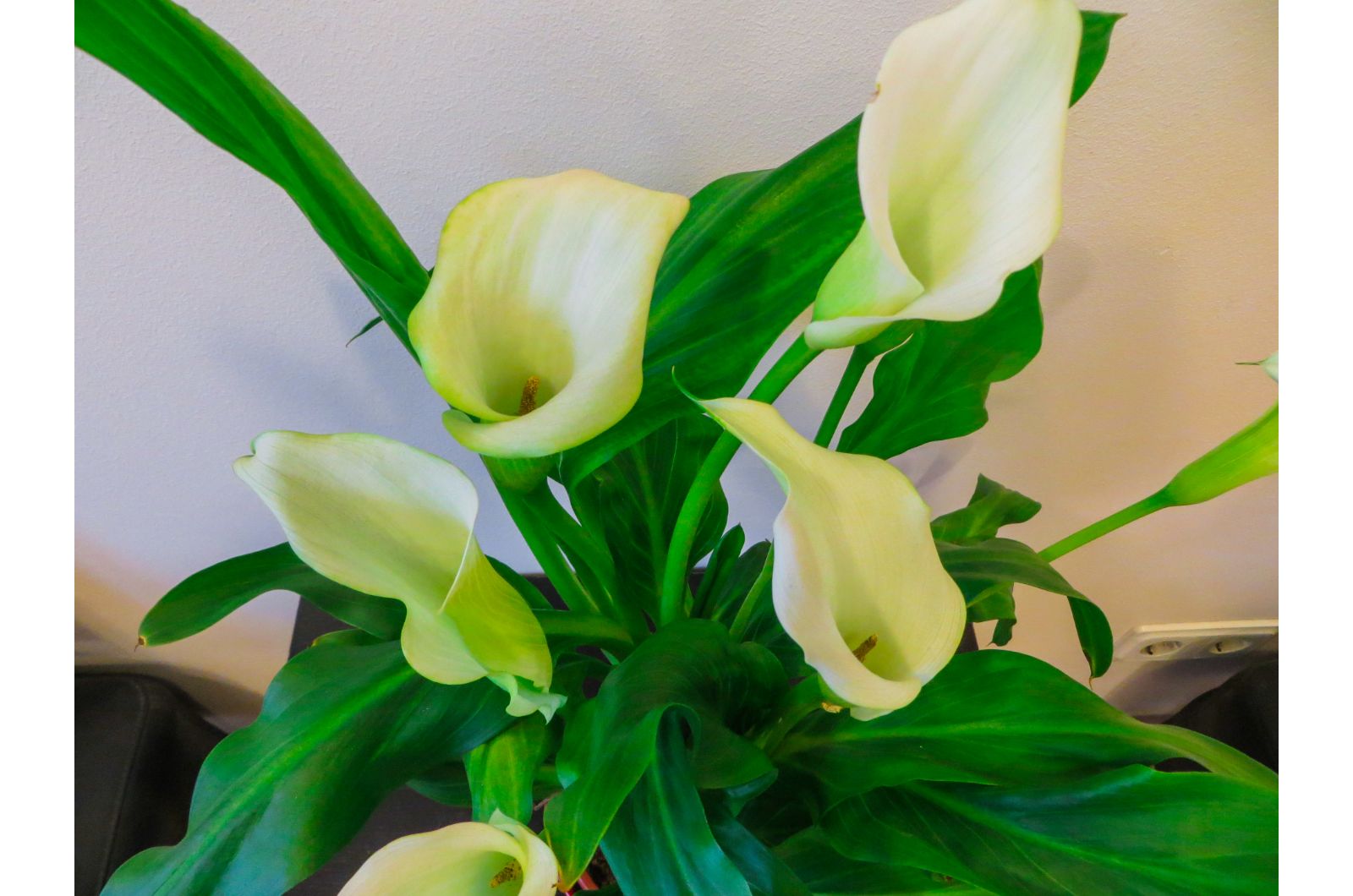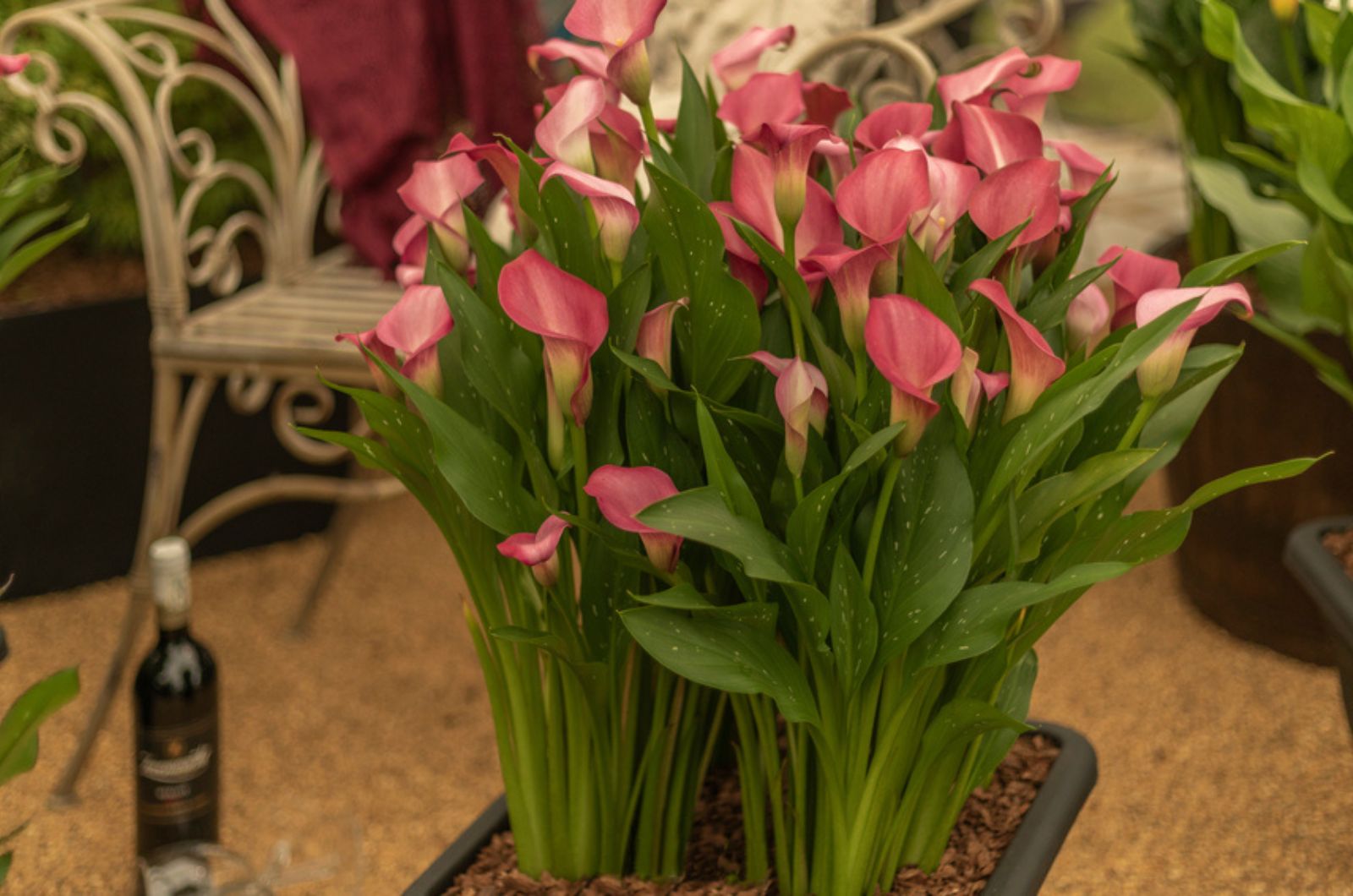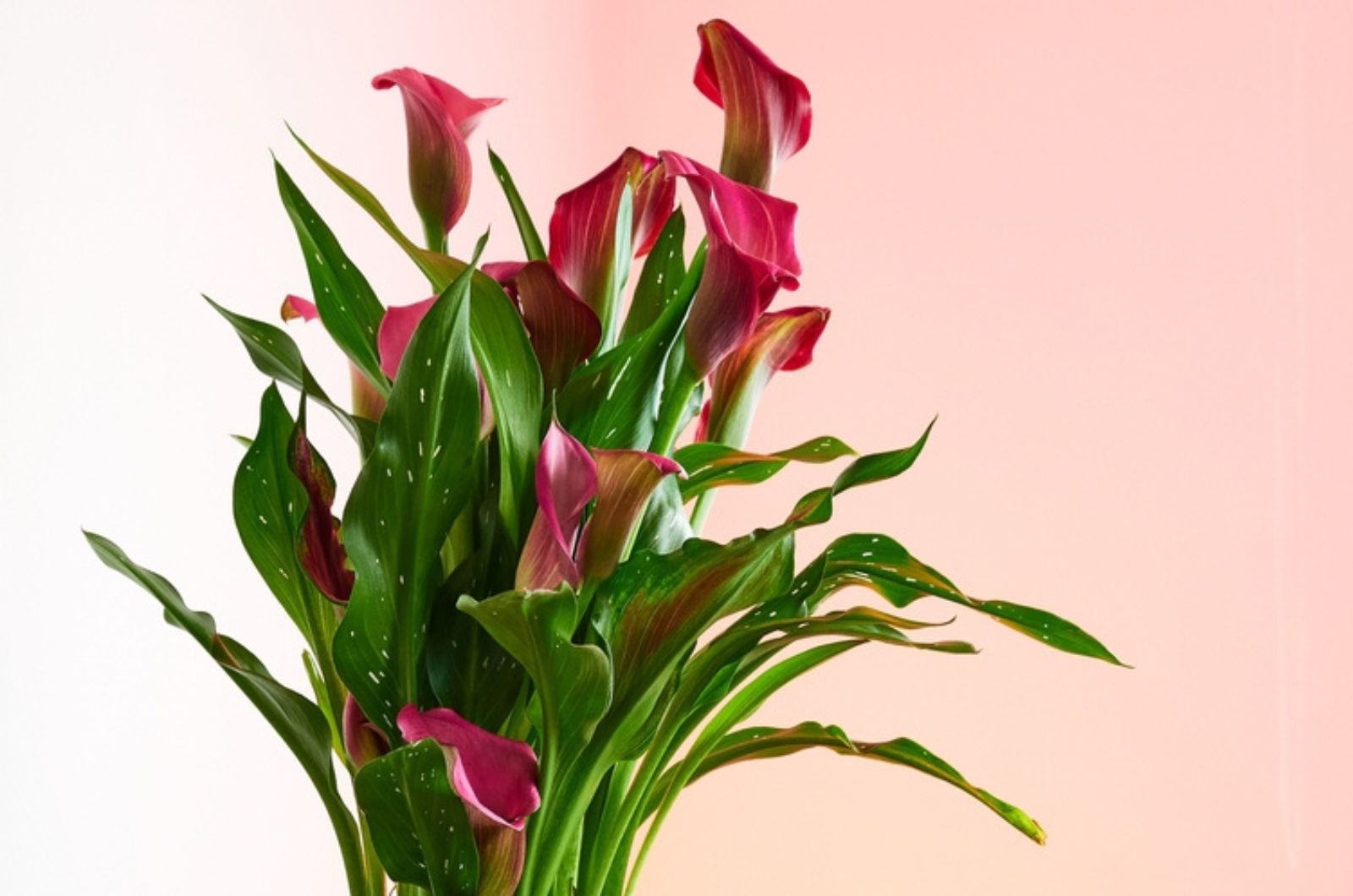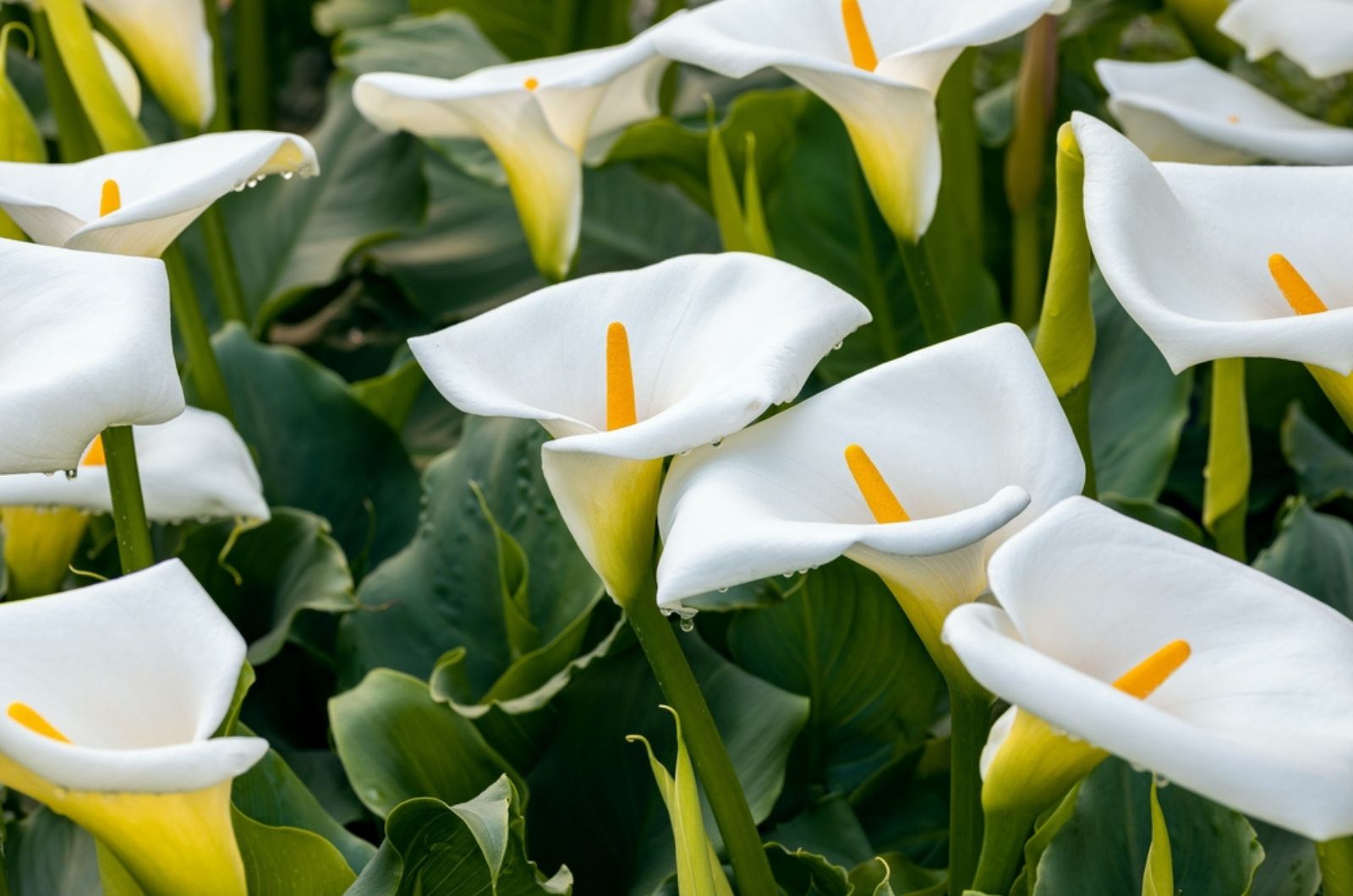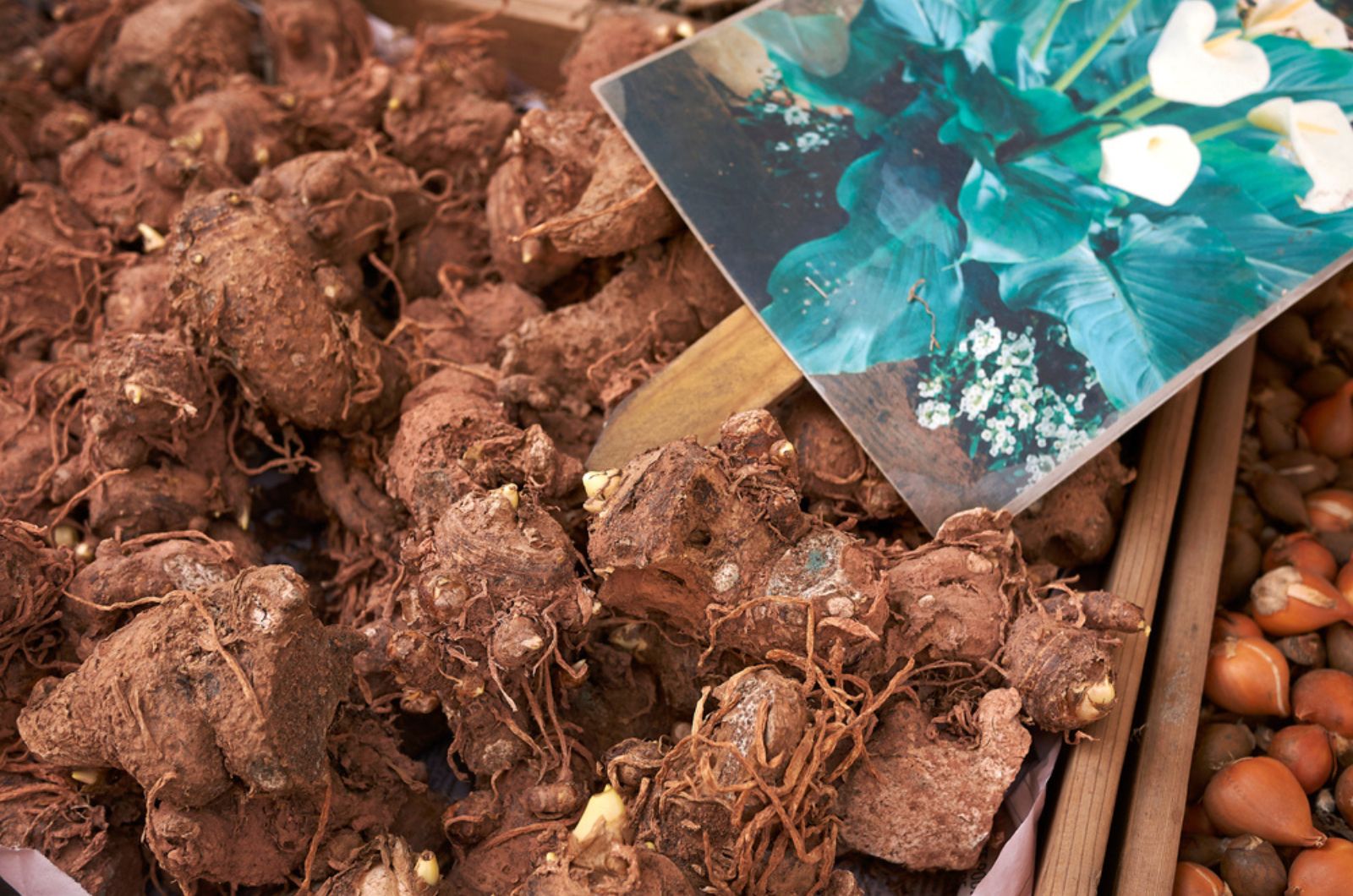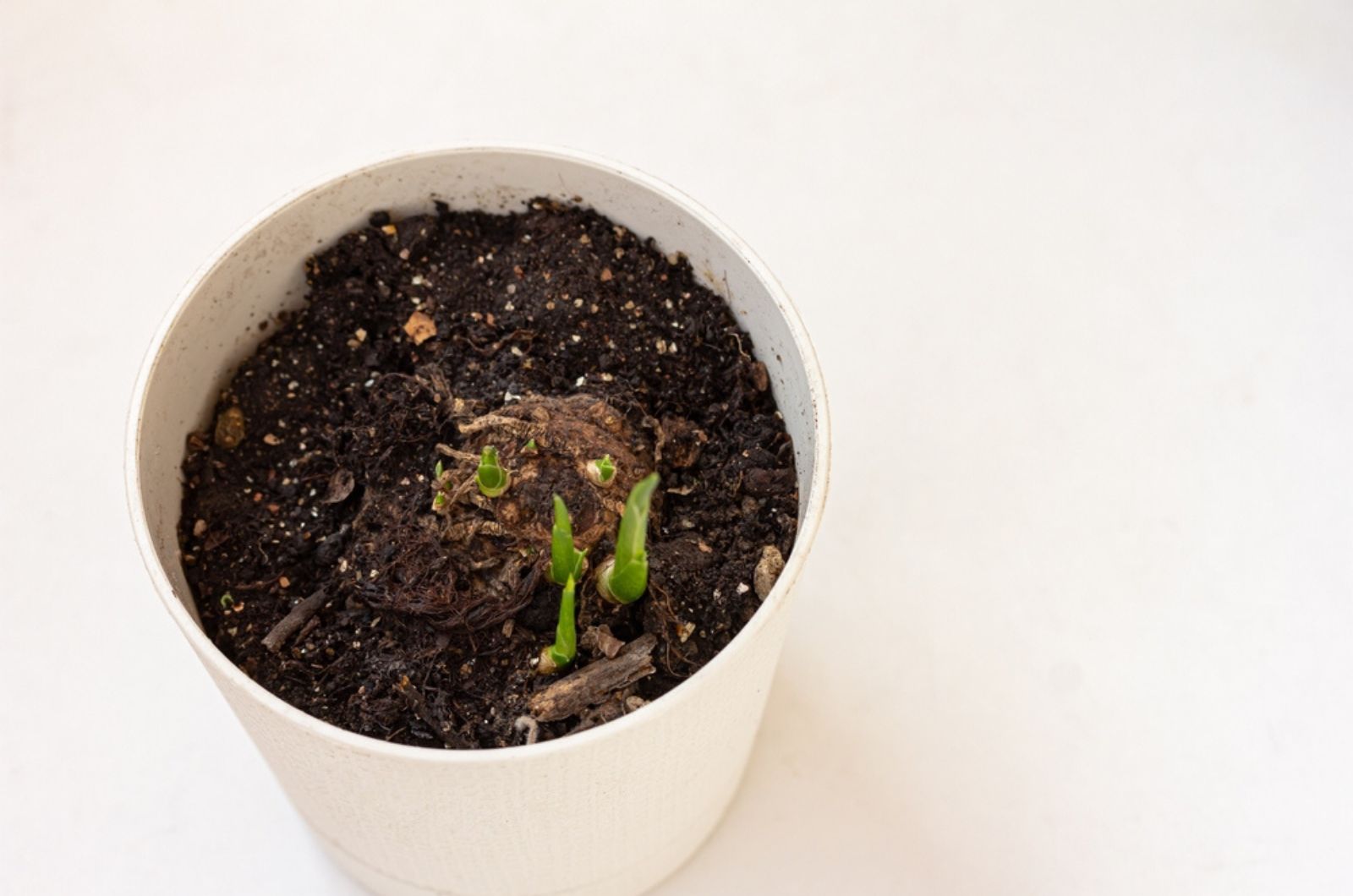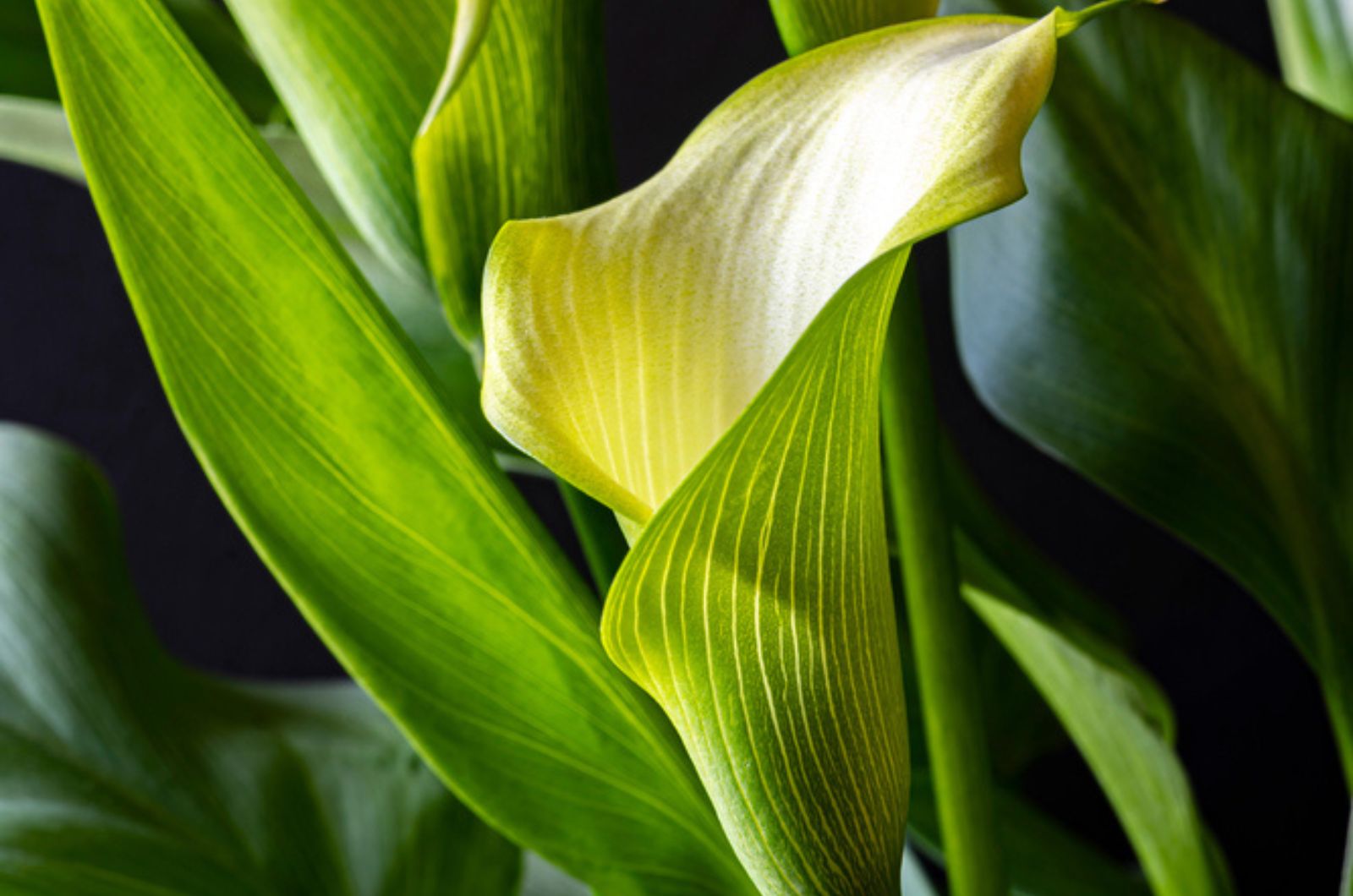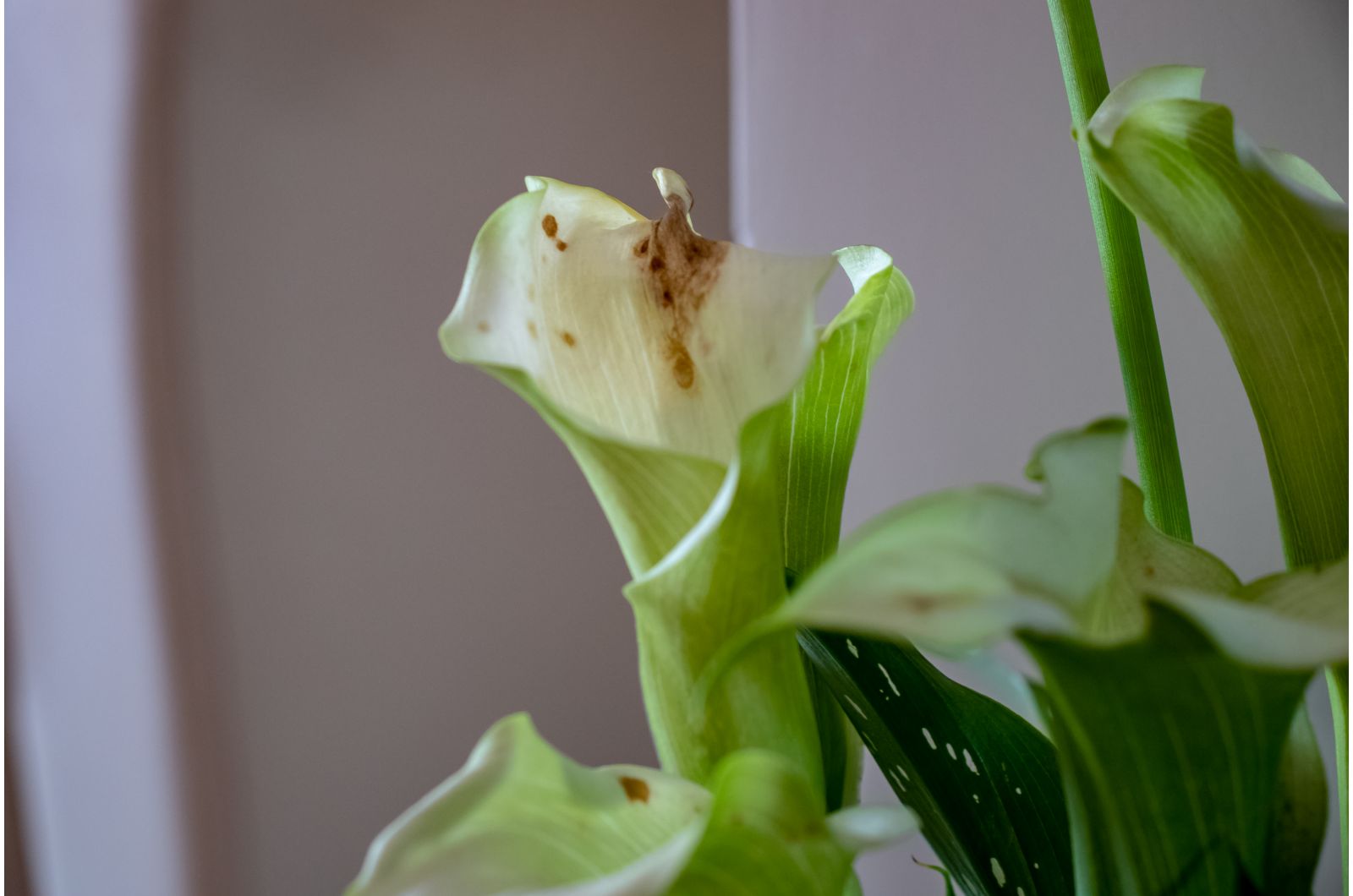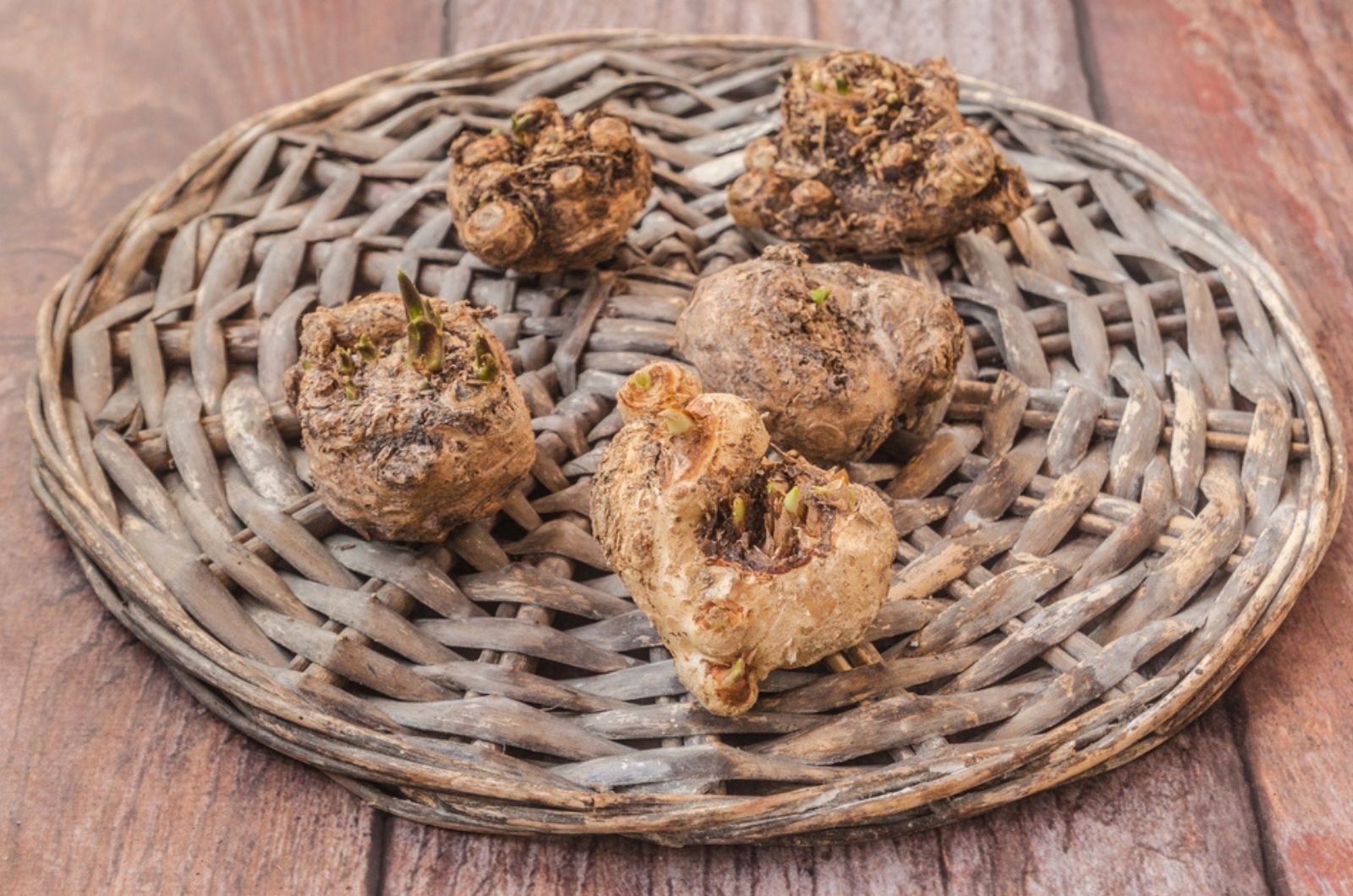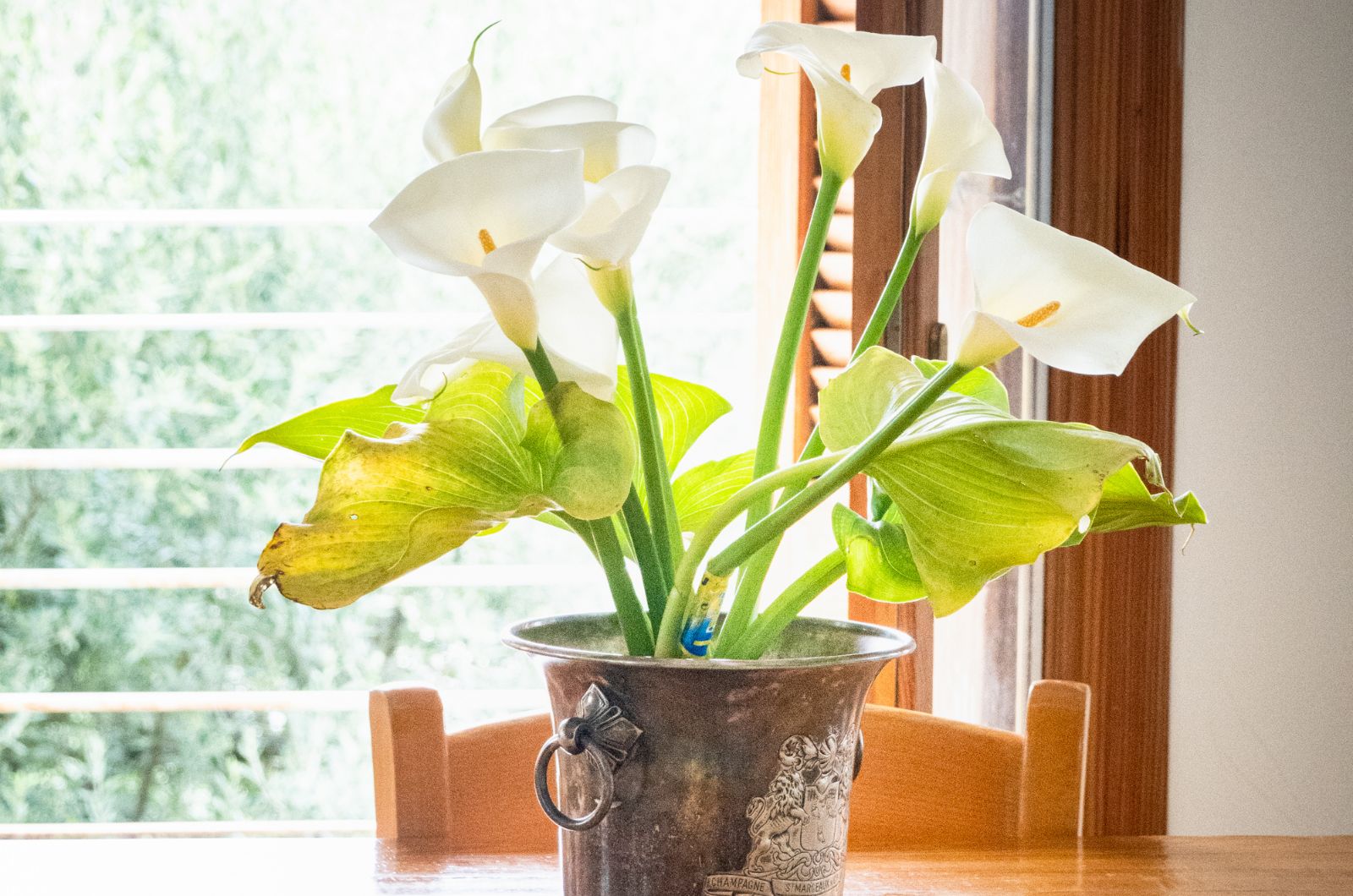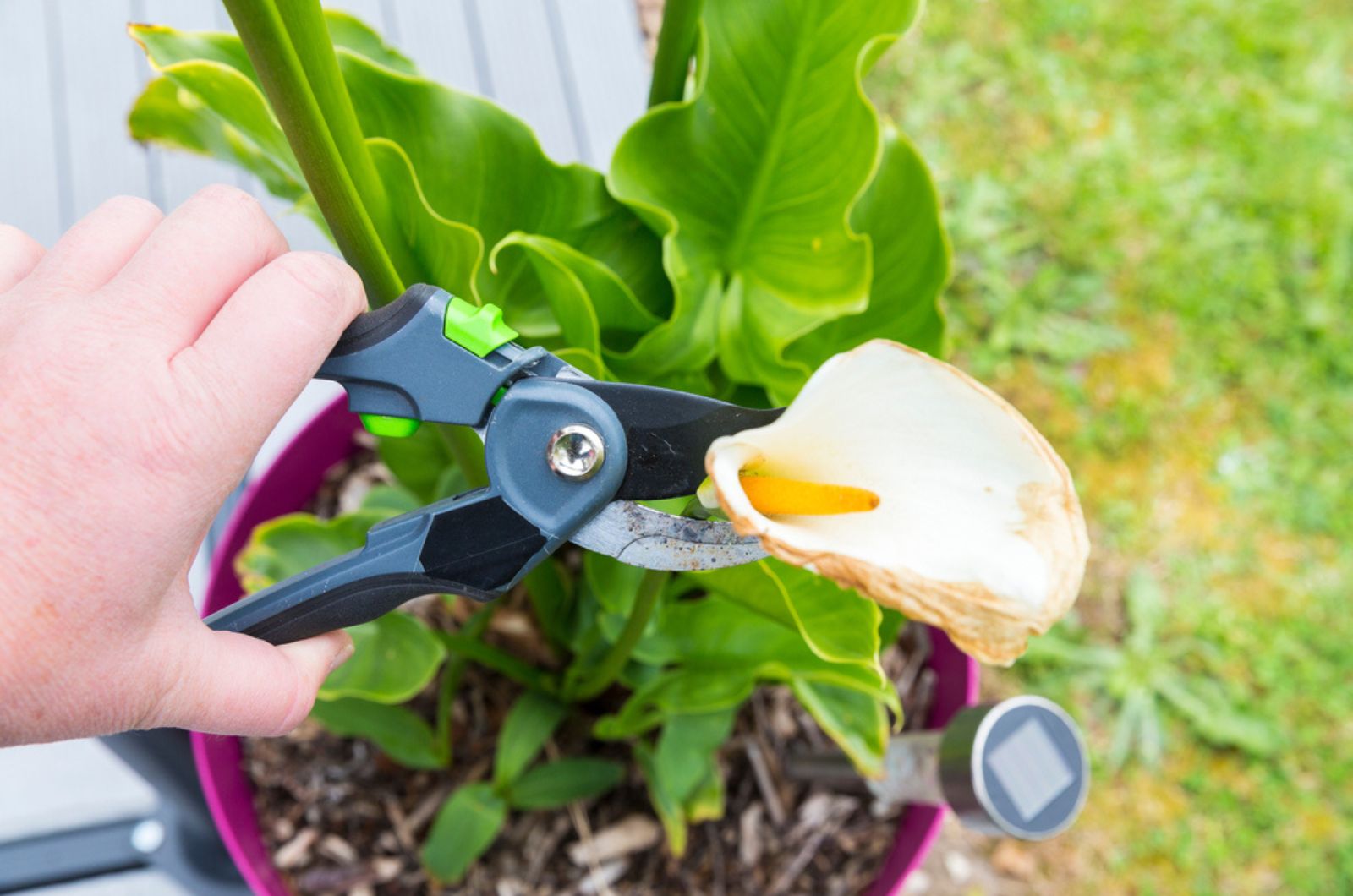Calla lilies have a traditional beauty that will never get old. But did you ever want to have potted varieties on your dining room table instead of cut flowers?
If you’ve bought potted calla lilies, then you know how fast they can fade and lose their vigor. Is this supposed to happen? Or rather, what’s the real lifespan of potted calla lily flowers?
Here’s more about their growing season and some tips and tricks that will help you extend their blooming season!
Let’s get started!
Calla Lilies Are Tropical Perennials
Calla lilies are one of the most beautiful flowers in the world. They are tropical perennials that you can grow outdoors all year long in USDA zones 8 and above.
If you live in colder climates, though, you should consider growing these plants in containers. Keep them outdoors as long as it’s warm.
Once their season is over, remove the leaves, dig up the rhizomes, and let them chill in a cool and dry spot. Don’t expose calla lily rhizomes to freezing temperatures because that can destroy them.
Replant the rhizomes the following spring and enjoy their flowers once again. As long as you allow your calla lilies to go dormant, they will regrow the next season.
Do They Grow Well In Planters?
Calla lilies grow well in containers, whether indoors or outdoors. They don’t seem to mind the pot walls, although you should give them plenty of space.
Planters tend to warm up and cool down faster than in-ground soil because there’s less material. So, be careful! Rhizomes love the warmth, but the extreme cold will kill them.
If you want to avoid that, you can bury the potted calla lilies in the ground to provide more isolation.
When planting calla lilies in pots, cover the rhizomes with a loamy potting mix. Use containers with holes in the bottom to avoid overwatering.
Keep your plants in a sunny and warm spot. Move them outdoors once there’s no more danger of spring frost.
If you live in a warm climate, provide some shade to your plant in the hot afternoons. In colder regions, ensure your plant gets full sun for optimal growth.
How Long Do Potted Calla Lilies Last?
The growing season of calla lilies lasts for about 4 months, and the same goes for potted ones. Then, they will enter dormancy.
If you’ve just bought your potted calla lilies, chances are you won’t get those four months of active growth. Why? Because they may be at the end of their season.
Beginners may not know that their plants are entering dormancy and toss their calla lilies into the trash.
Don’t do this!
Yellowing and wilting are a natural process. They are the sign your plant is turning dormant.
5 Stages Of The Calla Lily Growth Cycle
Okay, so your plant is turning dormant or is it coming down with something? How can you tell what the issue with your calla lily is?
Well, there are the five stages of the calla lily growth cycle, and they can help you understand everything about your plant’s development.
This will help you to provide your plant with the best care!
#1 Sprouted Rhizome
Calla lily rhizomes are bulbous structures that start to wake up from dormancy in spring. Once they develop tiny sprouts, you can plant them with their eyes (sprouts) facing upwards.
After planting, give your plant plenty of light, water, and nutrients so that they can develop.
#2 Leaf Development
It will take at least 2 weeks (usually more) for the first shoots to develop. Afterwards, your plant should grow quite fast.
Sword-shaped leaves can be smooth and all-green, mottled, or streaked with larger variegations.
#3 Flower Development
In about six weeks, the first buds should start to emerge. They will begin opening in about a week or two.
The flowering season lasts for about 1-2 months, with each flower remaining gorgeous for weeks.
After the blooming season, the flower and the entire plant will start to die off. But don’t let this discourage you!
#4 Rhizome Development
The dying off of flowers and leaves means the rhizomes are storing more energy and preparing for dormancy.
The bulbs will become larger before they go to dormancy. You can encourage this by irrigating your calla lily less often.
#5 Dormancy
The last stage of calla lilies is dormancy. This is the time when you can collect the rhizomes and store them. Dry the bulbs for 2-3 weeks in a warm spot, brush off the excess soil, and cut the wilted stem.
Store them in a container covered with kraft paper. Keep the bulbs in a location with temperatures between 45-55ºF.
After dormancy, rhizomes will start sprouting again. This is your cue to replant them and begin their growth cycle anew.
Overwintering Calla Lilies In Pots
If you’ve had your calla lilies in planters all year long, you can overwinter them there. All you have to do is leave the rhizomes in the soil and wait for them to grow in spring.
Of course, overcrowding of the bulbs will reduce their chances of regrowing. That’s why it’s best to dig them up because you can never know what’s going on below the surface.
If you still want to try out this option, store the planter in a cool and dry place without watering. Dormant rhizomes don’t need water and the excess may cause them to rot.
The bulbs will begin to sprout in spring. This is your cue to start irrigating your calla lilies again so that the plant can develop.
Calla Lily Care Guide
Now you know almost everything about calla lilies in containers. The only thing left is knowing how to take care of them.
Blooming Season Care
Expose your calla lilies to morning sunlight during their blooming season. It is gentle and won’t burn their foliage or flowers.
If you keep them outdoors, expose them to full sun in colder climates and part shade in warmer regions.
When irrigating your calla lilies, make sure that the top part of the soil is dry before watering. In general, that means irrigating them approximately 2 times per week.
Fertilize these plants with a balanced fertilizer once a month.
You should also deadhead spent flowers so that your plant can save energy for new growth or rhizome development.
And don’t forget to prune the leaves. Yellow, brown, and dying foliage don’t need to be a part of your plant collection!
After-Blooming Season Care
This type of care isn’t that different from the previous one. The only real difference is that there are no flowers on your plant. That’s why you should take care of your calla lily as you would any other leafy plant.
Keep your plant in bright indirect sunlight, water it regularly, and fertilize it once a month.
If the leaves start to turn yellow, you should remove them because that may be a sign that your plant is trying to enter dormancy.
This is the time to reduce watering and allow your plant to go dormant. Store the rhizomes until spring, when you can replant them.

